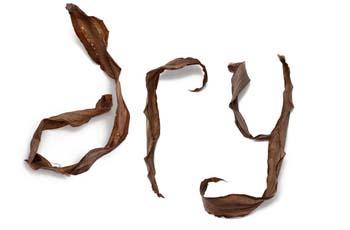(Golden Leaf Sage) A tinge of gold in its fuzzy, pebbled foliage gives Salvia chrysophylla its common name. Abundant, long blooming lavender flowers with pale cream lower lips make it stand out in the landscape.
However, it's the powerful health potential of this pretty plant that is bringing attention its way. Golden Leaf Sage contains essential oils that are the focus of scientific research about controlling bacterial microorganisms, such as Staphylococcus aureus -- a pathogen that causes problems ranging from skin infections and toxic shock syndrome to food poisoning.
One possible use for this sage's oils may be to improve food preservation by reducing bacterial growth and oxidation. In Turkey, Golden Leaf Sage has also been used historically as a folk treatment for rheumatism.
It's likely that this sage's oils are what it unpalatable for deer.
Native to limestone slopes and meadows in Southwest Turkey, this full sun Mediterranean sage grows in the wild at altitudes from about 4200 to 7500 feet.
S. chrysophylla is a short perennial that tolerates cold, heat and drought. Similar to many rock garden plants, it prefers well-drained scree mixed with a bit of loam. So amend your soil if it isn't already gravelly.
Although not listed as an endangered species, this sage certainly is rare in American Salvia gardens. Kew Royal Botanic Gardens indicates that it was first published in 1885 in the Viennese publication Denkschriften Kaiserlichen Akademie der Wissenschaften (Memorandum of the Imperial Academy of Sciences).
Question?

